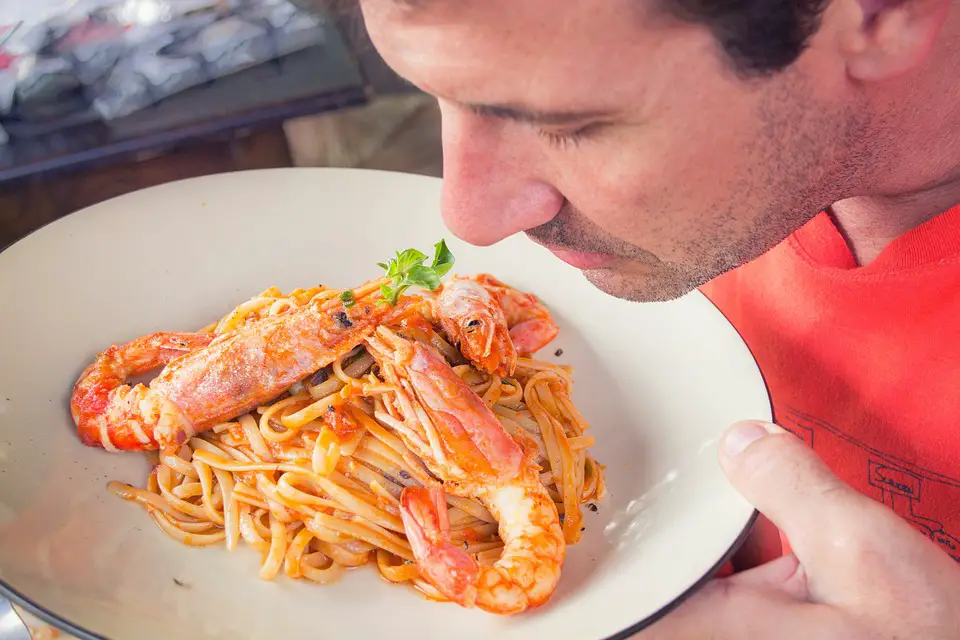Introduction
Welcome to “Watch Your Garden Blossom: Essential Advice for Outdoor Flower Enthusiasts”. Flowers add beauty and vibrancy to any garden, and with the right care and attention, you can have a flourishing garden that will make you proud.
Choosing the Right Flowers
Before you start planting, it’s important to choose the right flowers for your garden. Consider the climate, soil type, and the amount of sunlight your garden receives. Some flowers thrive in full sun, while others prefer shade. Research and choose flowers that are suitable for your specific garden conditions to ensure their successful growth.
Preparing the Soil
Healthy soil is the foundation for healthy flowers. Before planting, it’s crucial to prepare your soil properly. Start by removing any weeds or debris from the area. Then, add organic matter such as compost or well-rotted manure to improve the soil’s fertility and drainage. Mix the organic matter evenly into the soil, ensuring it is well incorporated. This will provide the necessary nutrients and a suitable environment for your flowers to thrive.
Planting and Watering
Avoid planting flowers too deeply as it can hinder their growth. Follow the planting instructions provided on the seed packets or plant labels. Make sure to water your flowers thoroughly after planting to help them settle into the soil. Watering requirements vary depending on the type of flowers, so it’s important to understand their specific needs. Some flowers prefer moist soil, while others thrive in drier conditions. Regularly monitor the soil moisture and adjust your watering schedule accordingly.
Fertilizing and Mulching
Flowers require nutrients to grow and bloom successfully. Incorporate a balanced flower fertilizer into the soil during the initial planting phase. As your flowers continue to grow, feed them with a suitable flower fertilizer following the manufacturer’s instructions. Additionally, mulching around your flowers can help retain moisture, suppress weed growth, and improve the overall appearance of your garden. Use organic mulch such as shredded leaves or bark chips, and apply a layer of around 2-3 inches thick.
Pruning and Deadheading
Regular pruning helps maintain the shape, health, and blooming potential of your flowers. Remove any dead, damaged, or diseased parts of the plant to prevent the spread of pests or diseases. Deadheading, which involves removing spent flowers, encourages new blooms and prolongs the flowering season. By regularly pruning and deadheading your flowers, you can enjoy a more abundant and vibrant display in your garden.
Pest Control
Protecting your flowers from pests is essential to maintain their health and vigor. Identify common garden pests such as aphids, slugs, and snails, and take appropriate measures to control their population. This can include using organic pest control methods, like introducing beneficial insects or using natural pesticides, as well as implementing physical barriers or traps. Regularly inspect your flowers for any signs of pest damage to tackle any issues promptly.
FAQs Section
FAQs
Q1: How often should I water my outdoor flowers?
A1: The watering frequency depends on various factors such as the type of flowers, weather conditions, and soil type. As a general rule, water your outdoor flowers deeply once or twice a week, ensuring the soil is moist but not waterlogged. Monitor the soil moisture regularly to adjust your watering schedule accordingly.
Q2: When is the best time to plant outdoor flowers?
A2: The best time to plant outdoor flowers generally depends on the specific flower varieties and your local climate. Spring and fall are usually ideal for most flowering plants, as the temperatures are moderate and rainfall is more abundant. However, it’s important to research the individual flower types to determine the optimal planting time for each.
Q3: How can I protect my flowers from frost?
A3: To protect your flowers from frost, cover them with frost blankets or sheets if a frost is expected. You can also add a layer of mulch around the base of the plants to insulate the roots. Additionally, watering your flowers before a frost can help provide some insulation due to the release of heat during the freezing process.
Q4: How can I attract pollinators to my garden?
A4: To attract pollinators like bees and butterflies to your garden, plant a variety of flowers that provide nectar and pollen. Opt for native or heirloom varieties, as they are often more attractive to pollinators. Avoid using pesticides that are harmful to pollinators, and create diverse habitats with flowers of different shapes, sizes, and colors to attract a wide range of beneficial insects.
Q5: Can I use recycled materials for mulching my flowers?
A5: Yes, you can use recycled materials for mulching. Organic mulch, such as shredded leaves, straw, or grass clippings, are excellent choices and can be easily obtained from your own yard. Avoid using synthetic materials or any mulch that may contain toxins or chemicals.




